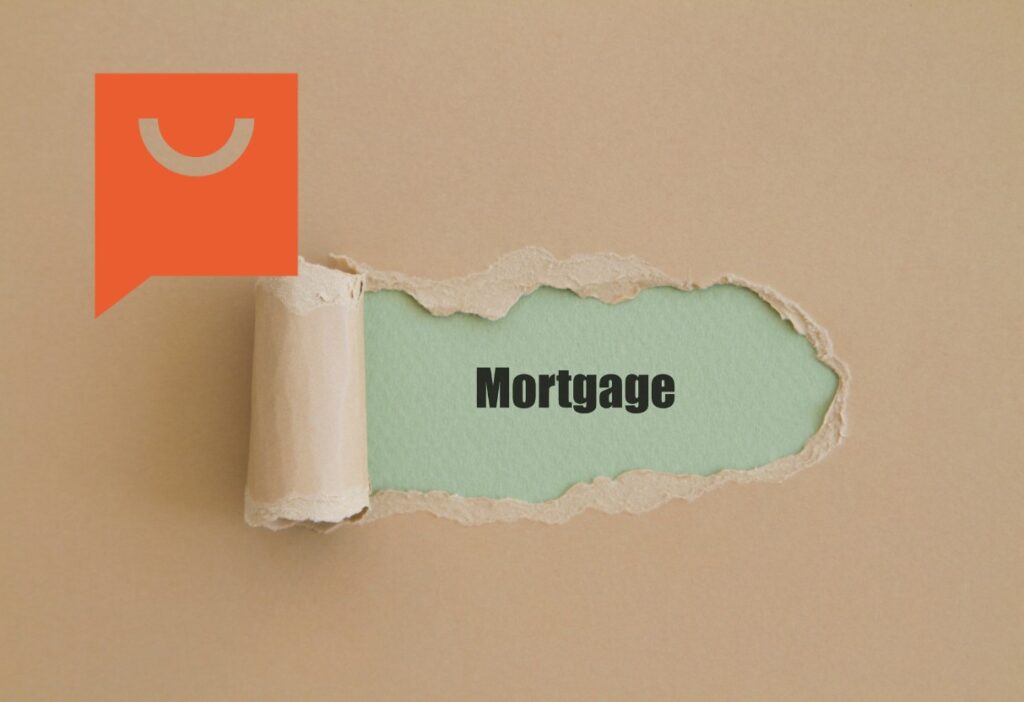Anúncios
Buying a home comes with many costs beyond the purchase price.
Mortgage fees can add thousands of dollars to your total expense, but many buyers don’t fully understand these charges until they’re reviewing closing documents.

Mortgage fees typically include application fees, origination charges, appraisal costs, and title insurance, which together can account for 2-5% of your total loan amount.
Understanding these fees helps buyers budget properly and possibly negotiate better terms with lenders.
These fees aren’t standardized across all lenders, which is why comparing loan estimates from multiple sources is essential.
Some fees are negotiable while others are fixed by third parties or government regulations.
Mortgage Fee Fundamentals

Buying a home involves more than just the property price—mortgage fees significantly impact the total cost. These fees appear at different stages of the mortgage process and serve various purposes in the lending system.
Understanding Interest Rates
Interest rates form the foundation of mortgage costs. They represent the percentage of your loan amount that you pay to the lender for borrowing money.
Rates can be fixed (staying the same throughout the loan) or adjustable (changing based on market conditions).
Current mortgage rates typically range from 3% to 7%, depending on economic conditions and your credit score.
A difference of just 0.5% on a $300,000 loan can cost or save you thousands over the life of the loan.
Lenders determine your rate based on several factors:
- Credit score
- Down payment amount
- Loan term (15, 20, or 30 years)
- Loan type (conventional, FHA, VA, etc.)
- Current market conditions
The Role of Loan Origination Fees
Loan origination fees cover the lender’s administrative costs for processing your mortgage. These fees typically range from 0.5% to 1% of the total loan amount.
On a $300,000 mortgage, you might pay $1,500 to $3,000 in origination fees.
These fees often include charges for:
- Application processing
- Underwriting (reviewing your financial details)
- Document preparation
- Rate lock fees (guaranteeing your interest rate)
Some lenders advertise “no origination fee” loans, but be cautious. They often compensate by charging a higher interest rate over the life of the loan.
Required Third-Party Fees
Beyond lender fees, third-party services are necessary to complete your mortgage. These services are performed by outside companies, not your lender.
Common third-party fees include:
- Appraisal fees ($300-$600): Professional assessment of the property’s value
- Title search and insurance ($500-$1,500): Verifies property ownership and protects against claims
- Credit report fees ($25-$50): Covers the cost of pulling your credit history
- Survey fees ($350-$500): Confirms property boundaries
Government recording fees and transfer taxes also fall into this category. These vary by location but typically cost $200-$400.
Some third-party fees can be negotiated or shopped for, while others are fixed costs.
Detailed Breakdown of Common Fees

Mortgage fees can significantly impact the total cost of your home loan. Understanding each fee type helps you compare loan offers accurately and avoid unexpected expenses.
Application Fee Explained
The application fee covers the initial processing of your mortgage request. Lenders typically charge between $300 and $500 for this service.
This fee pays for credit checks, administrative work, and preliminary underwriting.
Some lenders waive this fee during promotional periods or for customers with excellent credit profiles. Always ask if this fee is negotiable.
The application fee is usually non-refundable, even if your loan is denied.
Before paying, confirm exactly what services are included to ensure you’re not being charged separately for items already covered.
Some online lenders have eliminated application fees entirely to stay competitive, so shopping around can save you money upfront.
Appraisal and Valuation Fees
Appraisal fees typically range from $300 to $600 depending on property size, location, and complexity. This mandatory assessment determines the home’s market value to protect the lender from lending more than the property is worth.
The appraiser examines:
- Property condition
- Size and features
- Comparable sales in the area
- Location factors
Appraisal reports usually take 3-5 business days to complete.
If the appraisal comes in lower than expected, you may need to renegotiate the purchase price or increase your down payment.
For government-backed loans like FHA or VA mortgages, specific appraisal guidelines must be followed. Some lenders require additional valuation tools like automated valuation models (AVMs), which may incur extra costs.
Title Search and Insurance Costs
Title search fees typically range from $200 to $400 and verify the property has no liens, judgments, or ownership disputes. This protects both you and the lender from future claims against the property.
Title insurance comes in two types:
- Lender’s policy (required): Protects the mortgage company
- Owner’s policy (optional but recommended): Protects your investment
The average cost for title insurance is $1,000 to $2,000, varying by location and purchase price.
This one-time fee provides protection for as long as you own the home.
Some states regulate title insurance rates, while others allow shopping around. Ask about bundling discounts if using the same company for both search and insurance services.
Prepayment Penalties
Prepayment penalties are fees charged when you pay off your mortgage early or make large extra payments. These penalties typically apply during the first 3-5 years of the loan.
Common prepayment penalty structures include:
- Fixed fee: A set amount regardless of the payoff amount
- Percentage-based: Usually 2-4% of the remaining loan balance
- Sliding scale: Decreases each year until eliminated
Not all mortgages include prepayment penalties. Loans backed by FHA, VA, and USDA programs prohibit these fees entirely.
When comparing mortgage offers, look for “no prepayment penalty” terms.
If penalties exist, understand exactly when they apply and how much they cost. This becomes especially important if you plan to sell your home or refinance within a few years.
Tips for Minimizing Mortgage Expenses

Reducing your mortgage costs can save you thousands of dollars over the life of your loan. These savings come from careful planning, comparison shopping, and understanding the details of your mortgage agreement.
Negotiating Loan Terms
Lenders often have flexibility in their offers. Don’t accept the first terms presented to you without negotiation.
Fees you can negotiate:
- Application fees
- Processing fees
- Underwriting fees
- Rate lock fees
Ask for a breakdown of all charges and question any that seem unnecessary. Some lenders will reduce or waive certain fees to win your business, especially if you have excellent credit.
Request a Loan Estimate from multiple lenders to compare exactly what you’ll pay. This document standardizes how fees are presented, making comparisons easier.
Consider asking your preferred lender to match better terms offered by competitors. Many are willing to compete for your business rather than lose it entirely.
Shopping for Lenders
Compare at least 3-5 lenders before making a decision. Each may offer different rates and fee structures.
Types of lenders to consider:
- Traditional banks
- Credit unions
- Online lenders
- Mortgage brokers
Credit unions often offer lower fees and better rates than traditional banks. Their non-profit status typically allows them to pass savings to members.
Online lenders frequently have competitive rates due to lower overhead costs. Their streamlined processes can also result in faster closings.
Mortgage brokers work with multiple lenders and can help find the best deal for your situation. They sometimes have access to special rates not available directly to consumers.
Understanding Points and Credits
Mortgage points and credits directly affect your initial costs and long-term expenses.
Discount points are fees paid upfront to lower your interest rate. Each point typically costs 1% of your loan amount and reduces your rate by about 0.25%.
Points make sense if you plan to keep your home long enough to recoup the upfront cost through lower monthly payments.
Calculate your “break-even point” by dividing the cost of points by your monthly savings.
Lender credits work in reverse – the lender covers some closing costs in exchange for a higher interest rate. This reduces your upfront expenses but increases total loan costs over time.
Credits can be beneficial if you’re short on cash or plan to sell or refinance within a few years.